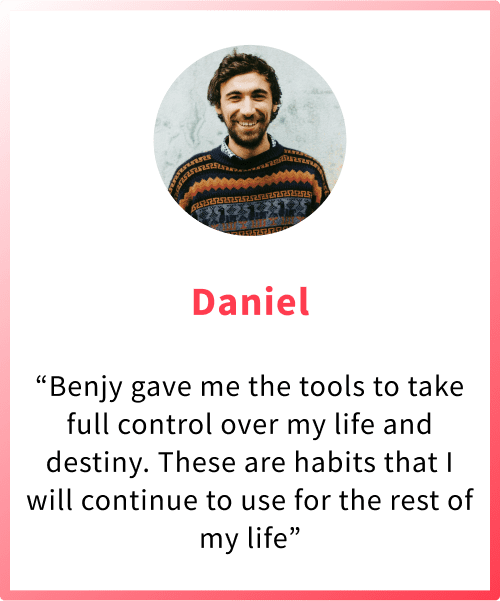
Emotional Fitness for Anxiety, Trauma and More.
Transform your constant stress into a life of self-love, inner peace and fearless self-confidence, without spending years in a therapist's office ruminating over your past.
From anxious to inner-peace in record timing.
As a mental health coach and emotional fitness trainer, I give my clients the practical skills and tools that decades of therapy never gave them so that they can learn to feel safe in their hearts, minds and bodies, even through life’s biggest challenges.
We learn how to turn our moments of emotional distress into moments of strengthening and healing so that we can reduce the uncomfortable emotional responses that come up when we get triggered and avoid resorting to unhealthy and unhelpful defense mechanisms!

Benefits of Emotional Fitness Training




Emotional Fitness Training is suitable for anyone looking for stress and anxiety relief, even if they have been diagnosed with an Anxiety Disorder, Clinical Depression, or PTSD.
There are countless ‘quick-fix mental health tips’ out there, but things like breathing exercises, meditation, tapping, and positive thinking are really only coping mechanisms. They provide minimal, short term relief when you’re triggered, but they don’t prevent you from getting triggered again in the future, leading to a constant back and forth cycle and—ultimately—a feeling of hopelessness.
Even traditional talk therapy is usually ineffective. You go in, week after week, ruminating over your pain and trauma (which only makes things worse), jumping from dilemma to dilemma with little to no structure or direction, barely getting any useful tools that actually keep you stable in the long term. You can go to therapy for years and still feel stuck.
If you want to truly learn how to escape this state of perpetual fear and worry once and for all and you’re sick of supposed 'remedies’ that only provide temporary relief, hit the button below and let me show you a better way.


What others have said:






Keep Learning with Me!
Get mental health tips, wisdom and reflections sent directly to your email!




